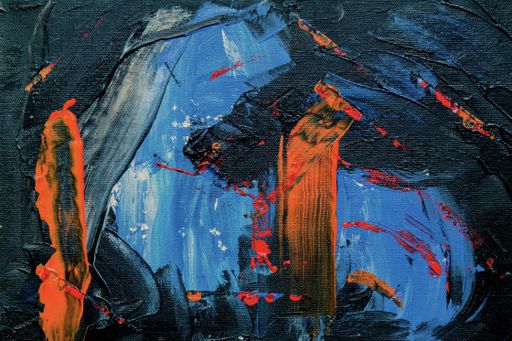American Sculptor Carl Andre, Pioneer of Minimalism, Dies at 88
American sculptor Carl Andre, known for his material-driven and minimalist work, has passed away at the age of 88. Andre's artistic legacy has been overshadowed by accusations that he killed his wife, Ana Mendieta, in 1985. He was tried and acquitted on a charge of second-degree murder in 1988. Despite the controversy surrounding his personal life, Andre's contributions to sculpture and poetry have left a lasting impact.

Accusations and Controversy
Since the mid-1980s, Carl Andre's art has been complicated by accusations that he killed his wife, Ana Mendieta.
Andre maintained that Mendieta's death was either an accident or a suicide, while others claimed it was the result of a drunken argument between the couple.
In 1988, Andre stood trial for second-degree murder and was ultimately acquitted.
Early Life and Influences
Born in Massachusetts in 1935, Carl Andre was exposed to his father's passion for poetry and carpentry from a young age.
His interest in sculpture was sparked during a visit to Stonehenge during a trip to the UK in 1954.
After a brief period in the Army, Andre moved to New York City in 1957 to pursue his artistic career.
Defining Minimalism
Carl Andre is best known for his minimalist sculptures, which often consisted of arrangements of simple raw materials like metal, wood, and brick.
His "Plains and Squares" series, featuring thin metal plates arranged in checkerboard patterns on the floor, became iconic representations of his work.
Andre's sculptures aimed to let the materials speak for themselves and conveyed a sense of Neolithic simplicity.
Legacy and Criticisms
In 1970, Carl Andre received his first major museum survey at the Guggenheim Museum, solidifying his place in the art world.
However, his career was overshadowed by the controversy surrounding Mendieta's death, leading to protests at his exhibitions.
Despite the criticism, Andre's work continues to be influential, redefining sculpture and poetry through his use of industrial materials and geometric arrangements.



